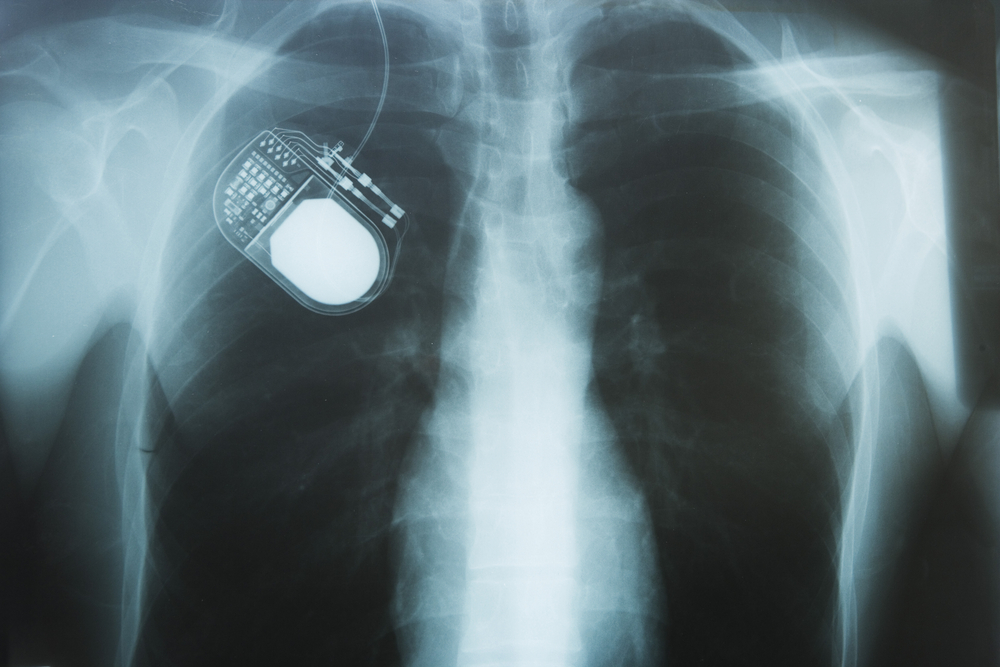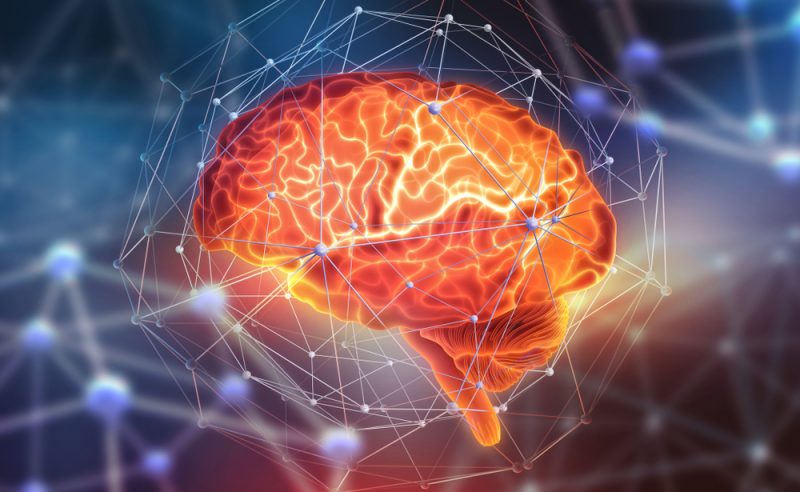Parkinson’s disease is a progressive neurodegenerative disorder, affecting more than 10 million people worldwide. There are several theories on the cause of Parkinson’s Disease, and there are a variety of treatments available today.
With approximately 60,000 Americans diagnosed with Parkinson’s Disease each year, it is important to know not only which treatment options are available, but which treatment options are best for each particular case. This article will focus on a specific treatment for a certain case of Parkinson’s Disease called Deep Brain Stimulation, also known as DBS.
Deep Brain Stimulation (DBS), has been in the process of development since 1993. For more advanced cases of Parkinson’s Disease or when medications can no longer provide promising relief to Parkinson’s symptoms, DBS can potentially offer a benefit to quality of life.
What Is Deep Brain Stimulation?
DBS is a technique done by a neurosurgeon, which implants four 1.25mm electrodes into the brain. The electrodes are placed on the damaged parts of the brain that are responsible for symptoms such as tremors, rigidity, and slowed movements, gait problems, and poor balance.
The two areas of the brain that are targeted are called the subthalamic nucleus and the globus pallidus. The device is then connected to a “pacemaker” that is implanted underneath the skin of the upper chest. This “pacemaker” allows electrical charges to be delivered to the electrodes in the brain, which results in more firing of the neurons in the areas of the brain that have been damaged.

The Benefits of Deep Brain Stimulation
Deep Brain Stimulation is a surgical therapy that has been created because, in Parkinson’s Disease, areas of the brain have been damaged and continue to degenerate. This degeneration affects the area of the brain that is responsible for dopamine production.
Dopamine is a neurotransmitter, that is responsible for ease of movement in particular. Without dopamine, movement inefficiencies and tremors can occur, among other things. DBS attempts to reset these areas of the brain, and calibrate brain pathways to work properly.
Is Deep Brain Stimulation Good for Everyone?
In a nutshell, the answer is no. DBS is not a good recommendation for all Parkinson’s patients. DBS is effective for patients that are still responding to dopamine-replacement therapy. It is not effective or recommended for patients who have cognitive decline, dementia, depression or suicidal thoughts.
Parkinson’s Disease medications often present terrible side effects and are often effective only for a few years. One major side effect, called dyskinesia (involuntary full body muscle contractions), can be extremely debilitating. Parkinson’s Medications can also result in “off” periods when Parkinson’s symptoms can be at their worst.
DBS is used as a tool and can be a potential option to reduce the incidence of the “off” state, as well as reduce the bouts of dyskinesia since most patients choose to stay on dopamine-replacement therapy after the implantation of a deep brain stimulation device.
Is Deep Brain Stimulation a Cure?
It is important to note that Deep Brain Stimulation is not a cure for Parkinson’s Disease. There is no evidence it can improve the underlying neurodegeneration responsible for Parkinson’s Disease. It does have the possibility to improve the quality of life, movement, and reduce side effects from medications. There are, nevertheless, risks associated with DBS.
What Are the Risks of Deep Brain Stimulation?
DBS surgery is not without risks.
Risks include those common to all brain surgeries such as:
- brain hemorrhage
- partial vision loss
- stroke
- infection
- paralysis
Mechanical malfunctions can cause subsequent surgeries. The most common negative event with DBS surgery is an infection at the surgical site.
During the first year of recovery from the surgery, the overseeing team will make adjustments in medications and device settings. This can be a delicate process that may require several adjustments. A patient can experience a variety of symptoms during this time, due to over- or under-stimulation of the electrodes.
DBS is more effective in treating:
- tremor
- slow movements
- and involuntary muscle jerking (Dyskinesia)
Symptoms that often continue to worsen are:
- postural instability
- gait dysfunction
- gait freezing
- cognitive symptoms
It is also important to know that the long-term effects of DBS are unknown.
Is Deep Brain Stimulation the Only Way to Achieve Positive Results?
DBS is not the only Parkinson’s treatment that can be effective for reducing side effects of medication or improving the on-off effect.
There are amino acid protocols that can balance neurotransmitters and reverse symptoms and medications side effects. There are antioxidant therapies that can improve nerve damage. There are nutritional supplements that can improve nerve function, and also, potentially, delay the progression of the disease. There are detoxification therapies that can reduce the toxic burden on the body.
For a variety of reasons, Deep Brain Stimulation may not be the best option for a particular individual. If this is your particular situation, there are many additional possibilities that can offer hope.
This article is not intended to diagnose or treat any individual with Parkinson’s Disease or any individual who experiences hallucinations. This article was created for educational purposes only and is not a substitute for medical, psychological or any other sort of professional care.
Please, always contact your medical provider with any questions or concerns involved treatment for hallucinations and Parkinson’s Disease.
If you have any questions about Parkinson’s Disease or Parkinson’s Disease Treatments, please contact The Parkinson’s Plan at 603-677-1484, today.
Authors:
Dr. Darlyn S. Dragg, ND
Jillian Ramirez
